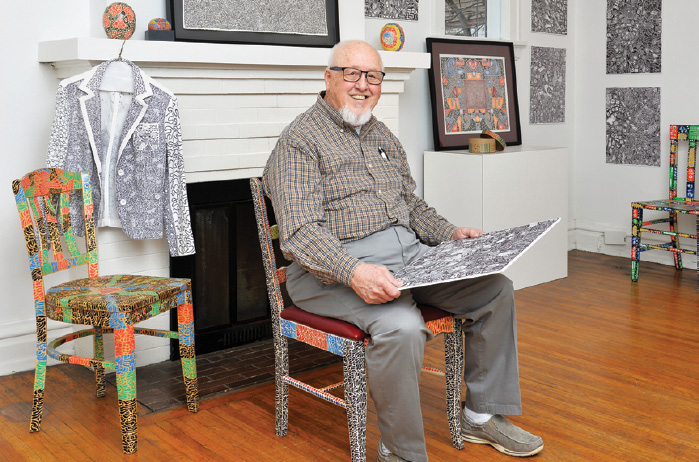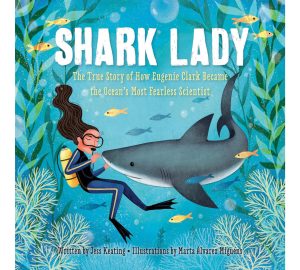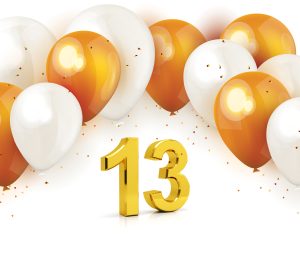The best teachers are the ones who never stop learning. That is artist Ron Isom’s mantra—to keep growing and developing in retirement—so he hasn’t slowed down a bit when it comes to drawing, painting and exhibiting his work. The former Belleville East High School art teacher, now a Webster Groves resident, uses everything from Sharpies to found objects to bring his ideas to life—and he still loves inspiring others by giving talks and illustrating books. His latest exhibit at Grafica Fine Arts is an expression of how the simplest materials can convey complex messages. “I’d say I’m an educator first and artist second,” says Isom, 78. “Other people like to retire with golf outings and travel; I’ve just never stopped making art.”
my background … I’ve always been interested in building things and figuring out how they work. My dad was an electrician and my grandfather worked on the railroad, so it’s natural that I enjoy manipulating materials. I earned a bachelor’s degree in art education and a master’s of science in art, and chaired the music, art and foreign language department at Belleville East for most of my 33-year career there.
my philosophy as a teacher … Research shows that reading, writing and arithmetic aren’t enough to make well-rounded people. They need to be involved in art, music and drama as well. Any Saturday afternoon painter can print business cards that say ‘artist,’ but becoming an art educator is a much more complex process. I always tried to teach my students to look at an object and see something totally different.
my philosophy as an artist … Art is about problem solving for me. When I find an object or a new material, I want to figure out how far I can push and manipulate it. It’s an ongoing challenge.
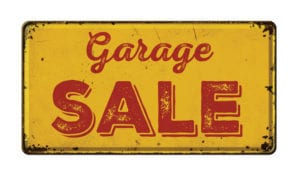 where i get my materials … I like to go to garage sales, auctions, thrift shops and junk stores. I don’t use the word ‘repurposed;’ that’s a little too artsy-craftsy for me! If I see a box of scrap leather or other interesting items for sale, I’ll pick them up. It’s kind of a lifestyle for me, always looking for odd materials. My classroom was always full of stuff like that. I love TV shows like American Pickers—the guys see old objects as opportunities, just like I do. I’m fascinated by what other people throw away. I pride myself on being able to go to a sale on the very last day and still find something I want.
where i get my materials … I like to go to garage sales, auctions, thrift shops and junk stores. I don’t use the word ‘repurposed;’ that’s a little too artsy-craftsy for me! If I see a box of scrap leather or other interesting items for sale, I’ll pick them up. It’s kind of a lifestyle for me, always looking for odd materials. My classroom was always full of stuff like that. I love TV shows like American Pickers—the guys see old objects as opportunities, just like I do. I’m fascinated by what other people throw away. I pride myself on being able to go to a sale on the very last day and still find something I want.
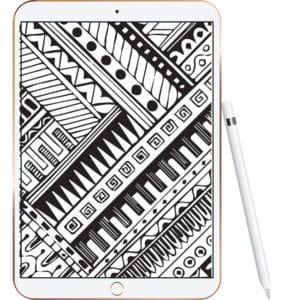 how i use technology … Computers are very much a part of my process. That came about because school art departments in the ‘90s fell victim to cutbacks, and a lot of programs shut down. I rewrote our art program and called it ‘graphic design’ so it could get vocational funding, and I was able to buy computers with that money. It really saved the art department. Now, I often use an iPad and stylus, and I photograph and scan found objects and use the images to create artwork. I have programs that can digitally manipulate and print them, including one that can remember your keystrokes and make a video of how you created a piece.
how i use technology … Computers are very much a part of my process. That came about because school art departments in the ‘90s fell victim to cutbacks, and a lot of programs shut down. I rewrote our art program and called it ‘graphic design’ so it could get vocational funding, and I was able to buy computers with that money. It really saved the art department. Now, I often use an iPad and stylus, and I photograph and scan found objects and use the images to create artwork. I have programs that can digitally manipulate and print them, including one that can remember your keystrokes and make a video of how you created a piece.
what’s different about my work … I often create using a collection of symbols I call my ‘codex.’ It’s like my own language, and it’s very abstract and stream-of-consciousness. I start drawing with a Sharpie in the middle of a surface, and I just keep filling it up with letters, numbers, symbols and more. Sometimes there is form or context, and sometimes not. My latest exhibit includes images on paper, chairs and even a coat I bought at Goodwill.
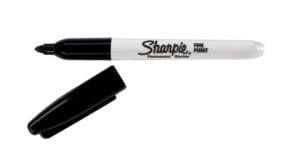 my creative process … I often draw while I’m sitting and watching TV. I like the ambient noise, and I just sit there and keep going as long as I want. A lot of my work is expressing what I have heard and seen. I take images and symbols and mix them up, and they come out as a bunch of ideas in one piece.
my creative process … I often draw while I’m sitting and watching TV. I like the ambient noise, and I just sit there and keep going as long as I want. A lot of my work is expressing what I have heard and seen. I take images and symbols and mix them up, and they come out as a bunch of ideas in one piece.
how my family gets involved … My wife, Anita, and I have done art together for a long time. She was the one who first bought chairs and encouraged me to paint them. She definitely enabled me; she never asked questions about art supplies I bought or things I built in the backyard. And my kids all have artwork of mine—their houses are almost like shrines to it. I think there’s more to it than just liking my work; they really are fascinated by it.
my creative environment … My wife and I have an apartment that works well because it’s a nice vintage space with high ceilings, and one of the bedrooms is my studio. The apartment is full of things I plan to use—vases, pictures, books, boxes of costume jewelry. I used to own a bookstore in Belleville with an art studio connected to it, so I love old books and treasures, and I pick them up wherever I go. My kids think I need an intervention.
Photo: Bill Barrett





